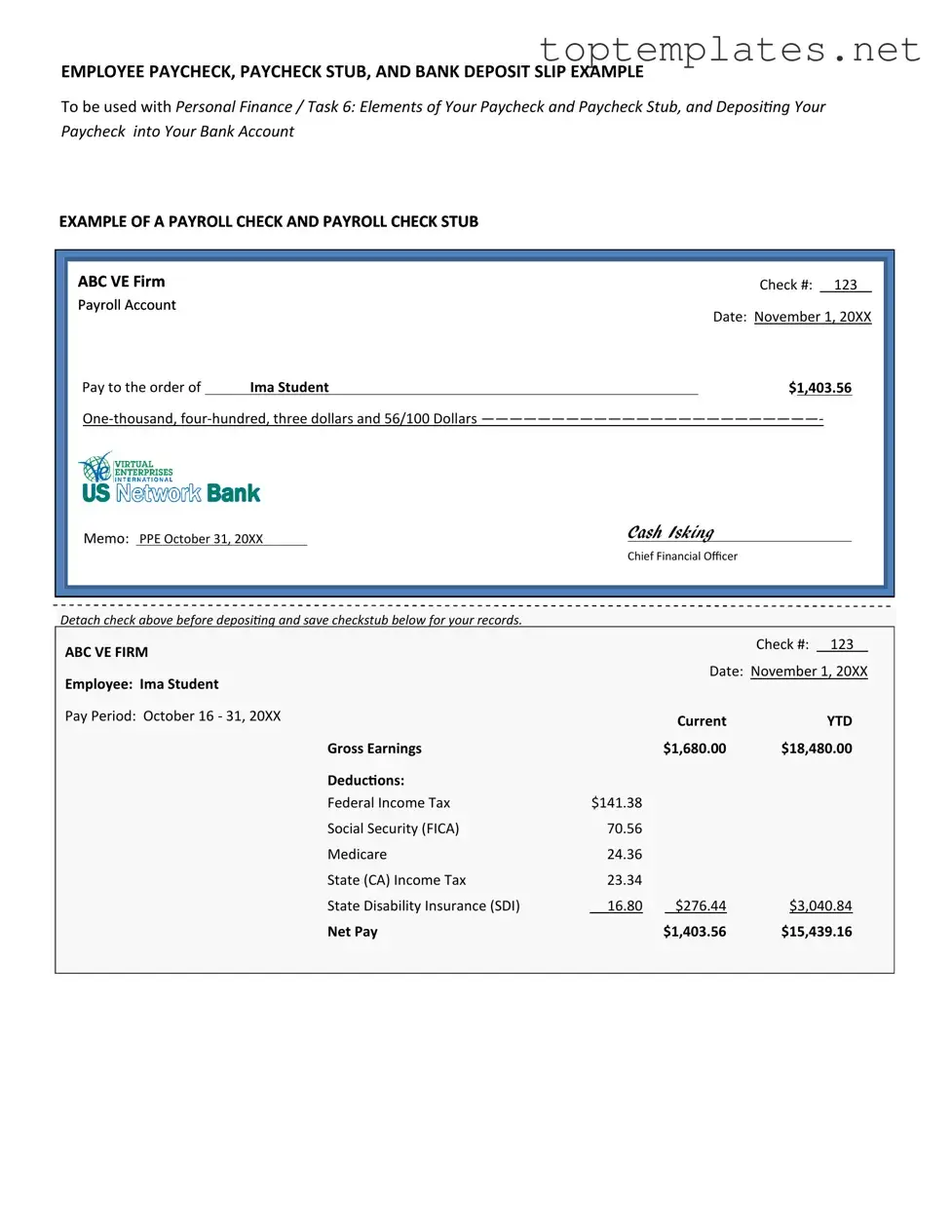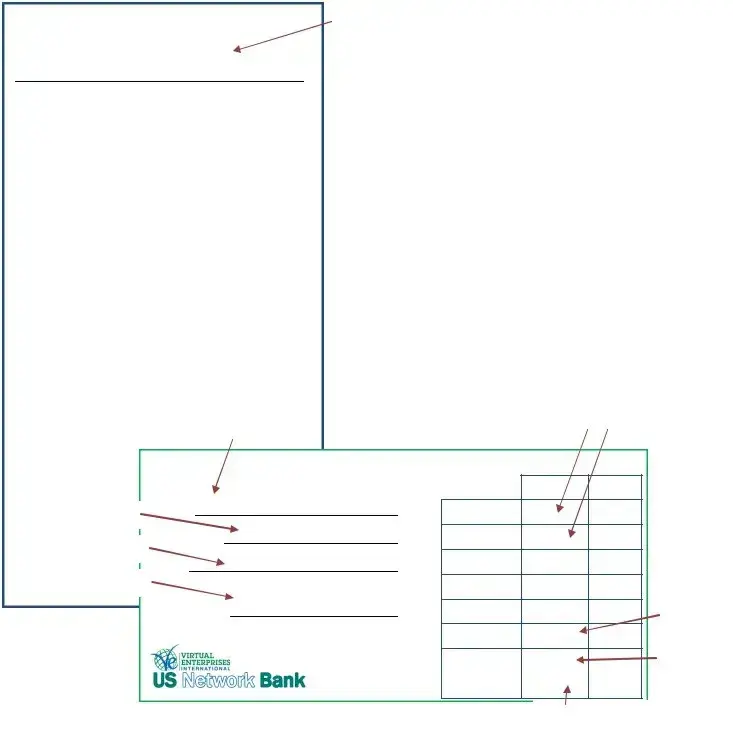What information is required to complete the Payroll Check form?
To ensure accurate and timely processing, the Payroll Check form requires several key pieces of information. Employees must provide their full legal name, social security number, and address to confirm their identity and for tax purposes. Additionally, details about the pay period, gross earnings, deductions (such as taxes, benefits, and retirement contributions), and the net pay amount must be accurately filled in. Failure to provide complete or accurate information may result in processing delays or errors in paycheck amounts.
How can I submit my Payroll Check form securely?
Considering the sensitive nature of the information on the Payroll Check form, it's crucial to submit it through secure channels. Many employers offer digital platforms for submitting such forms securely, protected by encryption and login safeguards. If a physical form must be submitted, it is advised to do so in person or through a trusted, tracked mailing service to ensure it does not fall into the wrong hands. Always avoid sending sensitive information via email unless it is encrypted or through a secure file transfer service recommended by your employer.
When is the deadline for submitting the Payroll Check form?
Deadlines for submitting the Payroll Check form can vary significantly depending on the employer's pay cycle (weekly, bi-weekly, monthly) and their internal payroll processing timelines. Typically, employers require the form to be submitted a certain number of days prior to the next pay period to ensure sufficient processing time. It's essential to check with your specific employer or HR department for the exact deadline relevant to your situation, as late submissions may delay your paycheck.
What should I do if I notice an error on my Payroll Check after submission?
If you discover an error on your Payroll Check form after submission, it's important to act quickly. Contact your HR department or payroll administrator as soon as possible to notify them of the mistake. Provide clear details about the error and any necessary corrections. Depending on the payroll processing timeline, there may be a chance to correct the error before the next pay cycle. However, if the check has already been processed, arrangements will typically be made to correct the error in the following payroll period.


